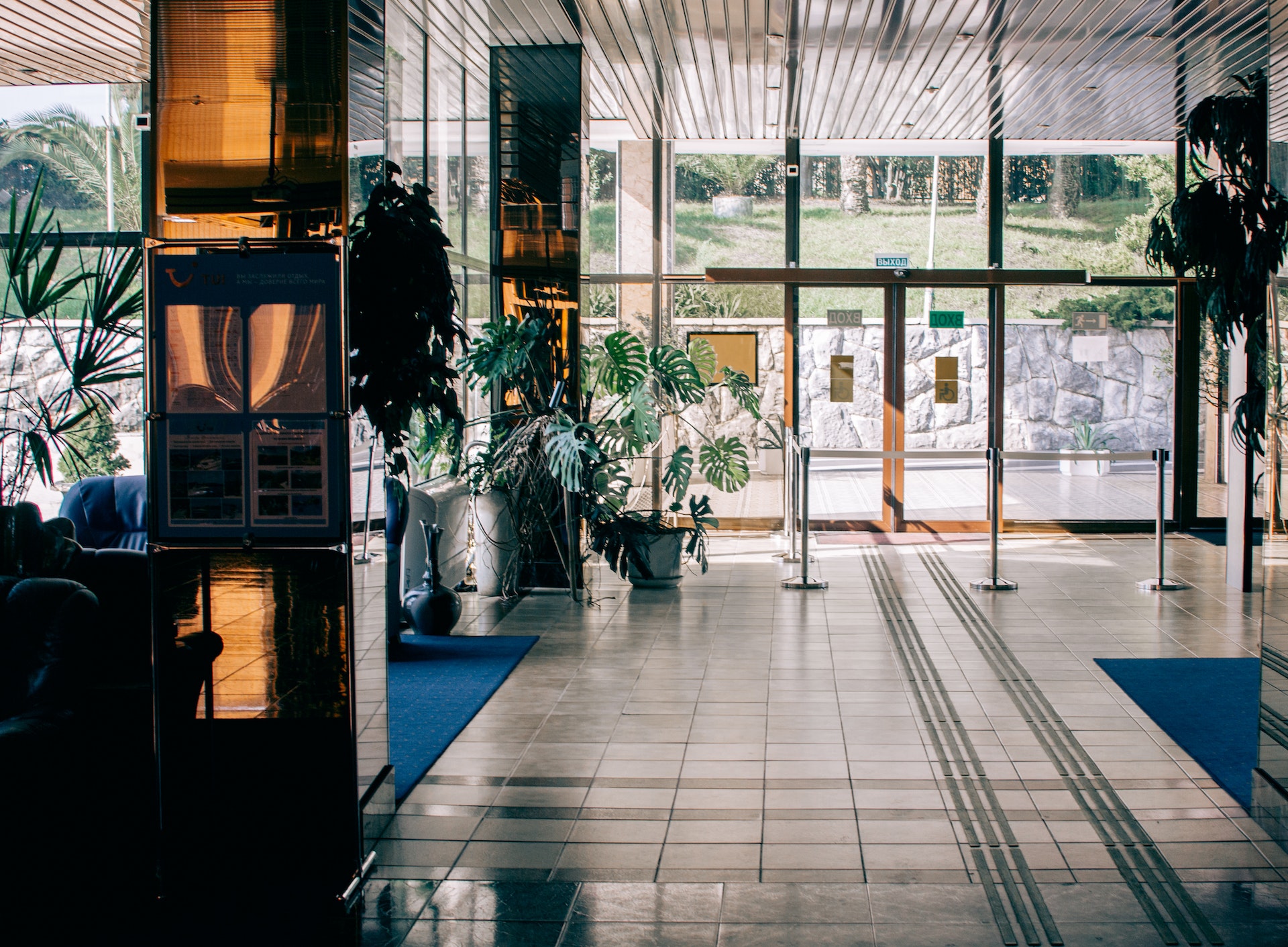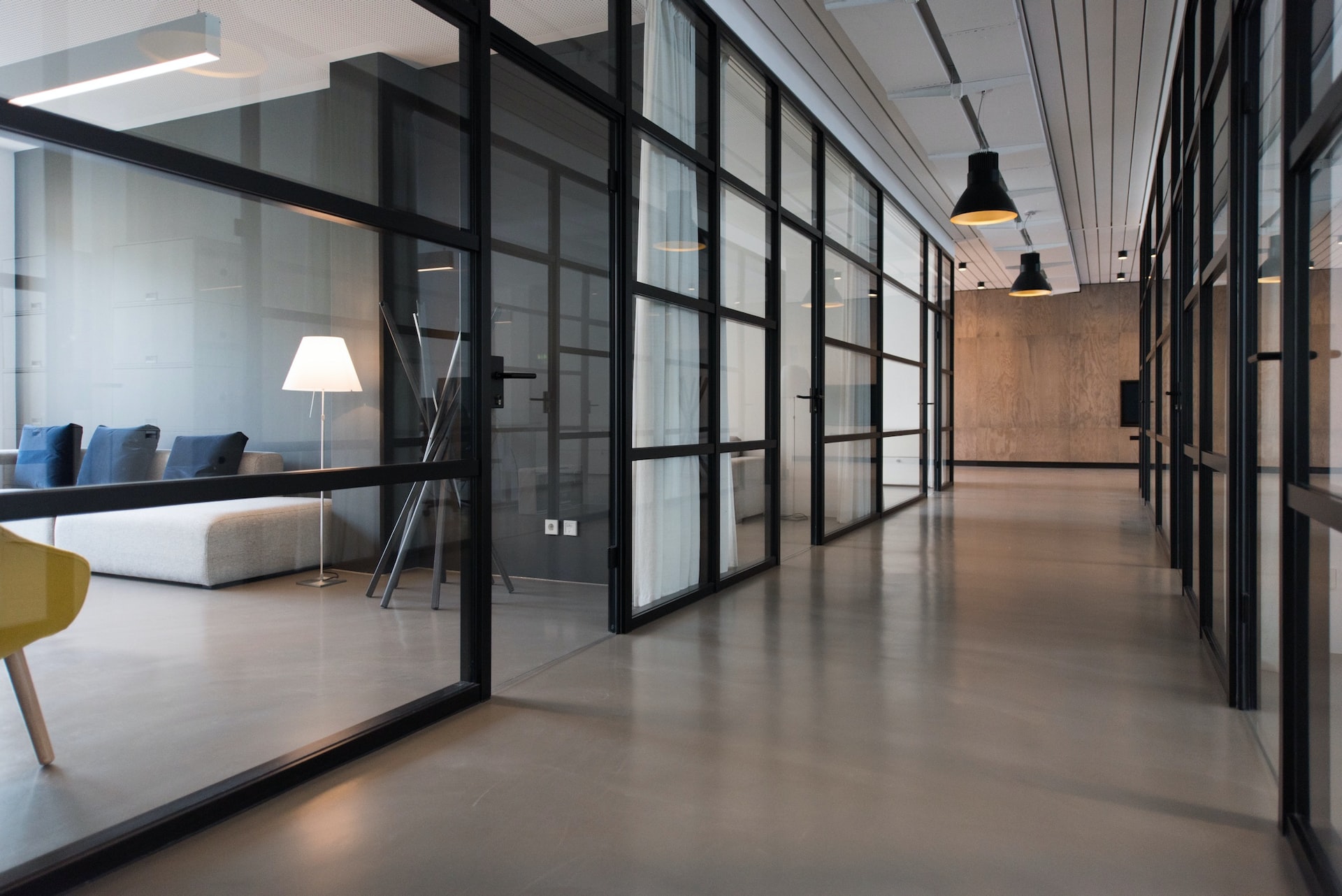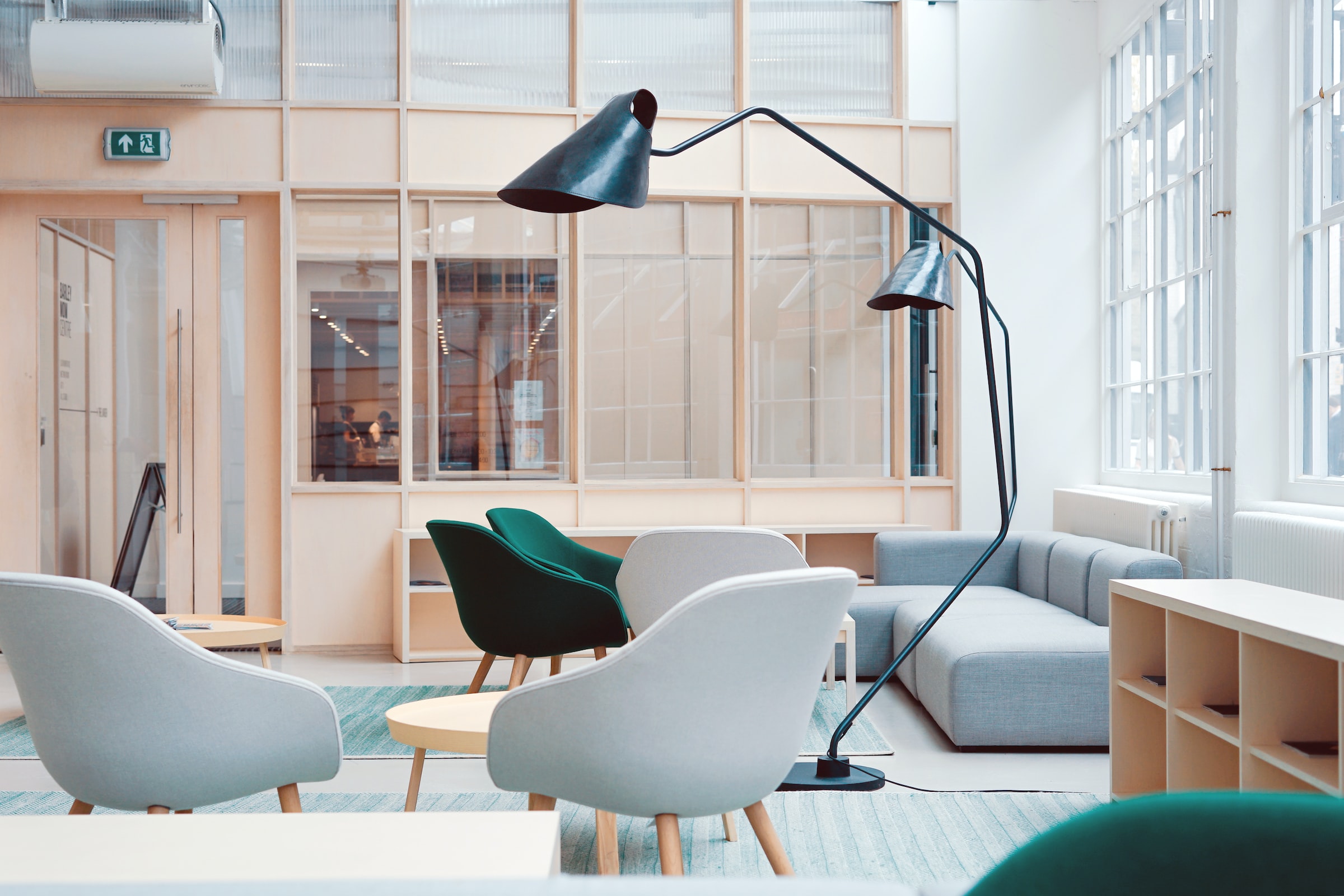December 31, 2025
Snow and Ice Management: Protecting Commercial Roofs and Building Exteriors from Winter Strain
Winter conditions like snow and ice create a very different operating environment for
Water is a destructive element that potentially causes extensive and expensive damage to even the most well-built structures. Since commercial buildings host many occupants, have complex systems, and house sophisticated machinery, the impact of water damage in these areas is far more severe than in other facilities. You shouldn’t take water damage lightly if you own a commercial property. Enlisting the help of experts in emergency commercial restoration will save you time, money, and trouble.

Potential water damage exists whenever and however water enters your commercial property. Knowing its leading causes will equip you to protect your office or facility.
Major causes of water damage in office buildings often include leaking pipes and plumbing issues. Corroded plumbing fixtures, improperly fitted pipes, and changes in pressure or cold water are like ticking bombs that can cause your plumbing system to fail at any moment.
An HVAC system pulls humidity from the air to make commercial spaces comfortable. As the warm air collides with the cold of your air conditioning system’s ductwork, condensation forms on its air ducts. Since the system’s air ducts and coils wear out with time, they ultimately start leaking moisture into the building. If left unaddressed, the moisture’s severity will cause water damage.
While sewage clogs can cause rainwater and sewage water to mix, faulty gutters can lead to roof leaks. Moreover, contaminated water can flood office buildings during a storm, causing devastating damage to the property and posing health risks to its occupants.
Commercial structures that are 5,000 square feet are required to install automatic fire sprinkler systems throughout the building. Since these firefighting devices are designed to prevent early fires, the system’s heads face the building area while the other end has pipes with water at high pressure.
Leaks in the sprinkler’s piping system can cause water damage because they release moisture on the building’s floors and walls. Furthermore, standing water next to the sprinkler is a surefire sign of a leakage in the sprinkler system.
Natural disasters such as hurricanes, floods, and snowstorms can cause water damage in commercial buildings. These structures are at risk of being flooded during weekends when no one’s in the office to shut the windows to prevent moisture from slipping into the office walls or create paths for stormwater drainage. Torrential rains or snowstorms can also cause significant damage to the roof and increase the risk of roof leakages.

While different sources can lead to water damage, the consequences of unwanted water in your commercial or industrial building remain relatively constant.
Molds thrive in a moist environment. For this reason, buildings with leaking pipes, sprinkler systems, or roofs are vulnerable to mold growth. Since molds feed on structural organic matter, they can cause extensive structural damage. They compromise the building structure by eating away wood, paper backing, and fiber from insulation.
Additionally, molds can wreak havoc on paints and interior design features. If left unaddressed, molds can create a musty odor in commercial spaces that may turn potential clients off and cause health problems, such as chronic coughing, fatigue, weakness, headaches, shortness of breath, joint pain, and sinus congestion.
Studies show that certain insects can’t survive in humidity levels below 40 or 50 percent. Bugs like fleas, beetles, mosquitoes, ticks, and spiders thrive in water-damaged areas. Warm temperatures ranging from 75 to 80 degrees Fahrenheit and humidity levels between 70 to 80 percent create the ideal breeding spot for these insects. For these reasons, commercial property owners should promptly address water damage to reduce costs and health risks.
You’ll notice dark watermark stains on the ceiling if water stagnates on the rooftop. Over time, the water stains weaken the ceiling until water starts sipping through it. The affected area may also look flaky, bloated, or warped. Ignoring water stains increases the risk of damaging office machines and equipment when the dampness causes the ceiling to come down.
When water stains form on the walls and the floor, the water will eventually crack and loosen the tiles. Furthermore, stagnant water that dampens the room creates a musty smell that triggers respiratory issues among employees. The dampness fills the office and erases the prints on wet paper documents, causing businesses to lose pertinent information.
Commercial buildings usually have electronic devices, such as multifunctional printers, business telephone systems, mailing equipment, paper shredders, computers, iPads, smartphones, computer networks, and internet connections. Moreover, these pieces of equipment can suffer considerable damage due to flooding, a leaking roof, or extreme humidity.
Exposing a commercial property to water damage for an extended period will compromise the building’s integrity. For instance, molds can lead to structural damage when they eat away the building material’s organic components. Likewise, water damage to ceilings, walls, and floor fixtures may also compel property owners to replace the affected parts.
Did you know that water damage increases your monthly utility bill? A leak in the building’s plumbing system or an inefficient HVAC may require more power. In such cases, property owners notice their water bill increases despite not changing their habits and water usage. Unfortunately, increased utility consumption can the consequent bills may reduce a business’s profit margins, making it less sustainable.
As mentioned, water damage poses health risks to the building’s occupants. Besides causing respiratory complications, water damage may result in greywater and blackwater. While greywater is wastewater from sinks, baths, washing machines, and other kitchen appliances, blackwater is contaminated water that contains fecal matter from the sewage.
Although greywater is relatively clean, it’s never potable because it potentially carries bacteria and viruses. Alternatively, extended exposure to blackwater can cause infections, illnesses, and long-term respiratory issues. Being in contact with blackwater increases a person’s risk of developing diseases like Bilharzia and Cholera.
In addition, leaving blackwater standing for extended periods may lead to algae bloom growth that increases the risk of various health conditions, including liver failure, diarrhea, nausea, vomiting, and memory loss.

The longer you wait to address water damage, the worse the problem gets. At BlueTeam, we believe that response time is crucial. Our team of experts is willing to help you spend less time and money during your commercial property’s final restoration. Get in touch with us today to learn more about what we can do for your commercial or residential properties. Contact us today to make an appointment.